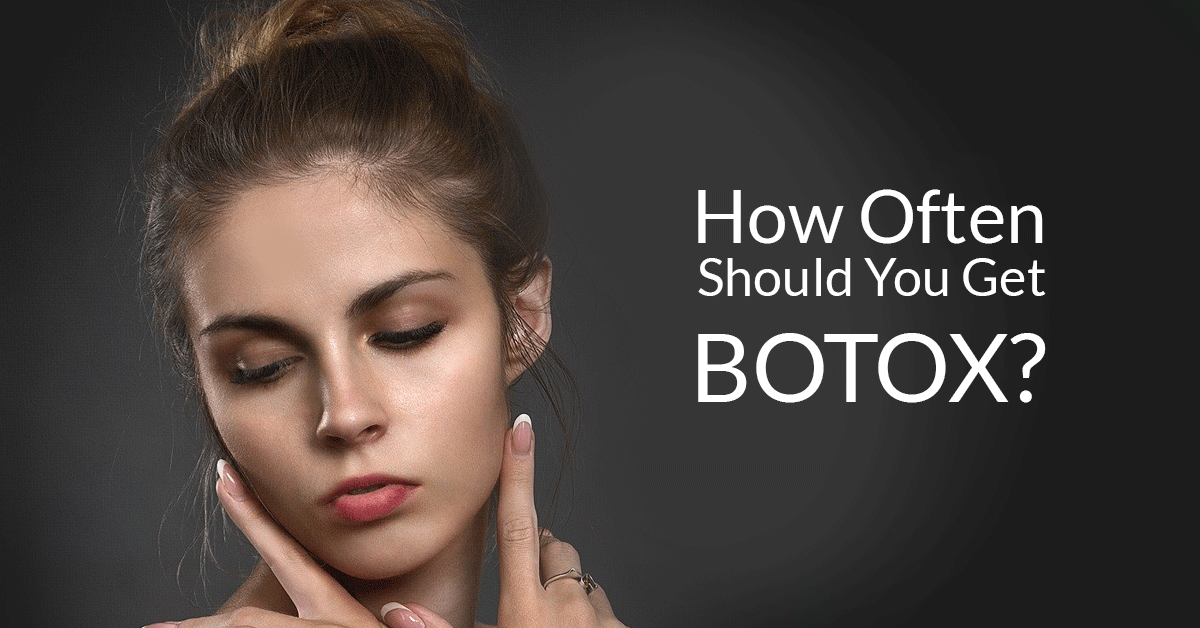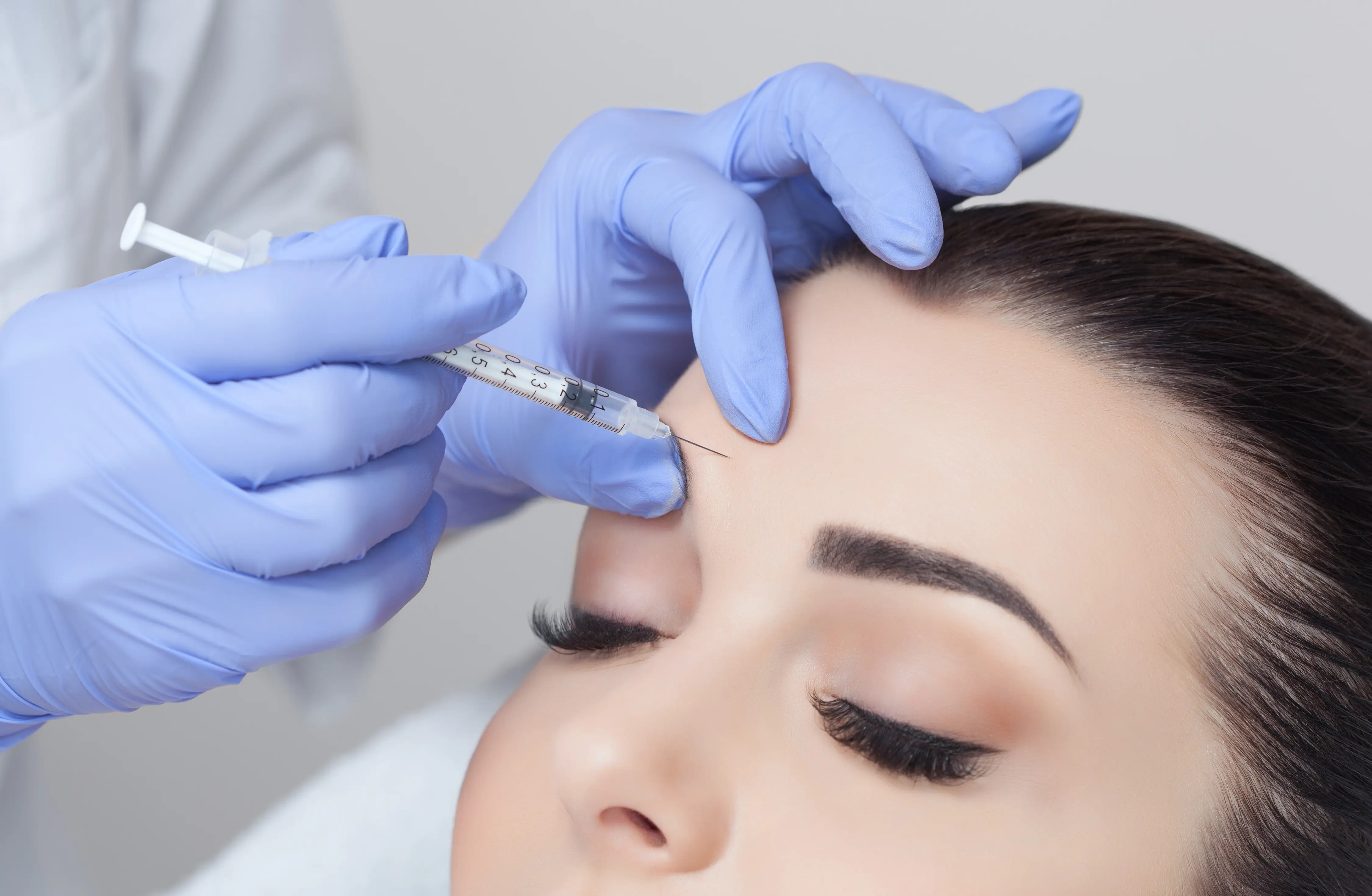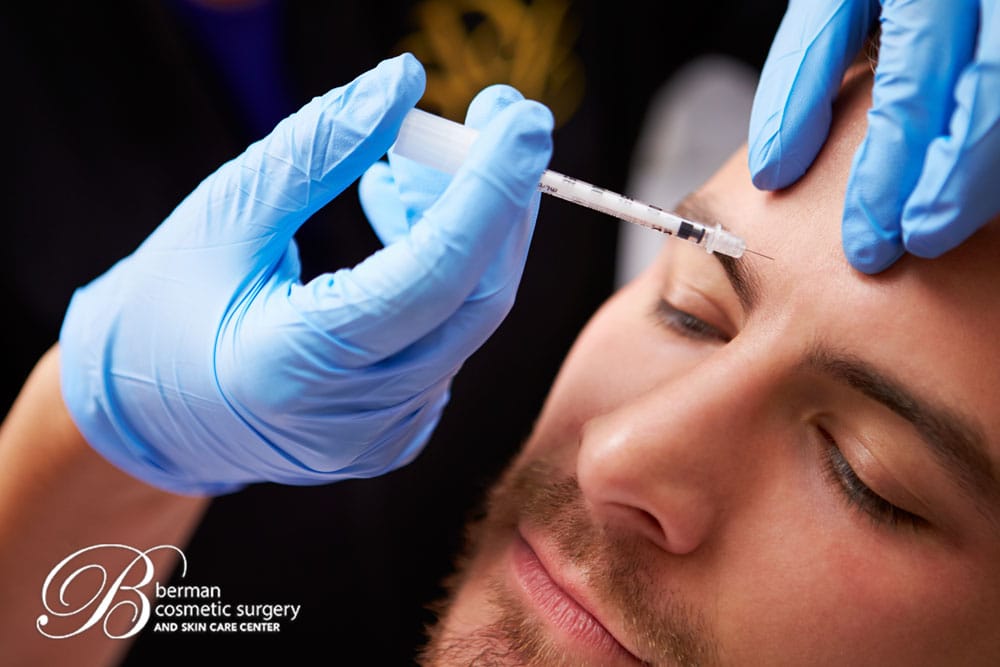How Often Should You Get Botox?
How often should you get Botox? Are the results instant? What are the side effects?
In this article, you will find out the answers to the most common questions about Botox, but first, let’s explore its history.
What is Botox? – A Brief History
Botox was first approved by the FDA in 1989. It was originally used for conditions of the eye called blepharospasm and strabismus. After performing the treatment, ophthalmologists noticed that their patient’s crows feet had improved.
Doctors started using this for off label use. This is perfectly legal. Once the FDA approves a drug, doctors are allowed to use it for other purposes. This is true even though the company cannot permit this alternative use. This is a common practice due to the high cost of getting FDA approval.
To minimize the high cost of FDA approval, drug makers will get a very narrow and specific use for a drug approved. This now opens up the drug for much greater use. This explains why sometimes companies spend a fortune to get a drug approved for a completely obscure disease.
A company called Allergan acquired the right to use botox from a company called Scott’s. Scott’s had a product called Oculinum which was botulinum neurotoxin type A. Allergan has never looked back since. They were acquired in June 2019 by Abbvie for 63 billion dollars! In 2017 alone, Botox generated $2.2 billion (Bloomberg article).
Are Botox or Fillers Safe?
Almost all our present-day drugs are modeled after something which exists in nature. Yet, everything is ultimately toxic in large doses. Countless people die in marathons after taking in too much water (causing hyponatremia – low sodium). No one would suggest we avoid water! Botox has an extremely high safety profile. This means that if you are a healthy adult, you can safely tolerate a higher dose of Botox than would be used for cosmetic purposes.
What Does Botox Do?
Botox is a neurotoxin. This means it acts on the neuromuscular junction and prevents muscle contraction. It was initially approved to treat the glabellar lines which are the muscles between the medial eyebrows – the 11s.
Botox is now also used to:
- Treat the crow’s feet area. This is the area lateral to your eyes, that wrinkle up when you smile.
- Treat the forehead.
- Prevent ‘bunny lines’. Bunny lines are the small muscles on the top and side of your nose that wrinkle up.
- Decrease the wrinkling of your chin
- Decrease the bulk of your masseter muscle (at the angle of your jaw).
- To decrease the active lines in your upper lip.
- To decrease platysmal bands (active muscle bands in your neck).
It has also been found to be very effective in preventing migraine headaches in many people. It most likely works by preventing muscle contraction in the face or neck. This means the headache does not intensify or spread.
Botox is extremely effective when injected into the armpits to prevent sweating. It can also be injected into the hands and feet for the same purpose. Yet, I have not found it is as effective in the hands and feet. My experience in these 2 areas is more limited.
How Long Does it Take For it to Work? How Long Does it Last?
Of course, there is personal variation, but in general, Botox will onset within 4-10 days and will last in the face for about 4 months. I have had some patients tell me that it onset in a day or 2 and some patients tell me that it lasts 6 months for them. Yet, all your doctor can do is inject it in the correct location. There are no tricks to make it onset faster or last longer. For some reason, in the axilla (armpits) it will last 6 months for most people.
Are There Any Similar Products?
It drives me nuts when I hear advertisements claiming some cream will do what Botox does. This is completely untrue. There is nothing topical that can do what it does. This is nothing but dishonest hyperbole.
There are 2 other injectable products on the market in the USA that act in a similar way to Botox. Their names are Dysport and Xeomin. I have used both in my office in the past. Most of my patients were happy with these, though I did have some patients who preferred Botox. The main reason, I now only offer Botox, is because each one of these products has its own reward system. Allergan makes the fillers and breast implants that I use in the office. This way, my patients can accumulate all their reward points in the same system. This is helpful for them in the same way that it is better to accumulate all your reward points with one airline.
Side Effects And Risks
In today’s insane world of litigation, you have to separate common side-effects from things drug companies list to avoid being sued.
Firstly, common side effects result when too much botox is administered or when botox is injected in the wrong spot.
Potential symptoms are:
- Heavy or descent of eyebrows
- Descent or ptosis of eyelids.
- Difficulty in swallowing (This results if too much is injected into the neck or if the patient is sensitive to Botox)
- Difficulty in chewing or talking or asymmetric smile. This results if too much is injected around the mouth or if the patient is sensitive to botox.
- A small bruise related to the injection site.
On the other hand, side effects that are listed for legal reasons make little to no sense to me. I have never seen any of these symptoms, despite using Botox for about 20 years.
Listed symptoms include:
- Flu-like symptoms
- Fever
- sore throat
- runny nose
- Dizziness
- dry mouth
- Anxiety
- ringing ears
- sore throat
- Drowsiness
- UTI,
How Often Should You Have Botox Injections?
I recommend that my patients come back every 3.5 months so that they have their next injection before the previous Botox has completely worn off.
What Happens if You Stop Doing Your Botox Regularly or at All?
This is a question that I get asked often. Basically, you gradually go back to looking like you are not using Botox (because you are not using Botox). You do NOT get extra ugly if you stop using it.
Can You Get Botox if You Are Pregnant or Breast-Feeding?
It is unlikely that harm will occur if a woman got Botox while pregnant or breastfeeding. There are, however, no studies that I am aware of to verify this. Also, no one in the USA is going to take any chances by giving you Botox if you are pregnant or breast-feeding.
Who Does The Injections?
In my practice, I do all of my own Botox (and filler) injections. Many practices have their staff do it. Also, in this crazy world we live in, there are even dentists who do injections for cosmetic reasons. I, feel that only plastic surgeons, dermatologists, and ENT surgeons, should be doing these injections. This is the case in many countries, other than the USA. It is bizarre to me, that one of the most litigiousness, countries in the world is so incredibly lax in who is allowed to do the Botox injections.
Does Botox Ever Lose Its Effectiveness?
I have definitely seen this in a small number of patients. There is no way to predict who will experience this. We do not know why this occurs. Many postulate that it is due to developing antibodies that react to the Botox. However, outside of a research setting, we are not able to measure for Botox antibodies so we do not know for sure.
Contact us for a consultation!
Contact us for a consultation







